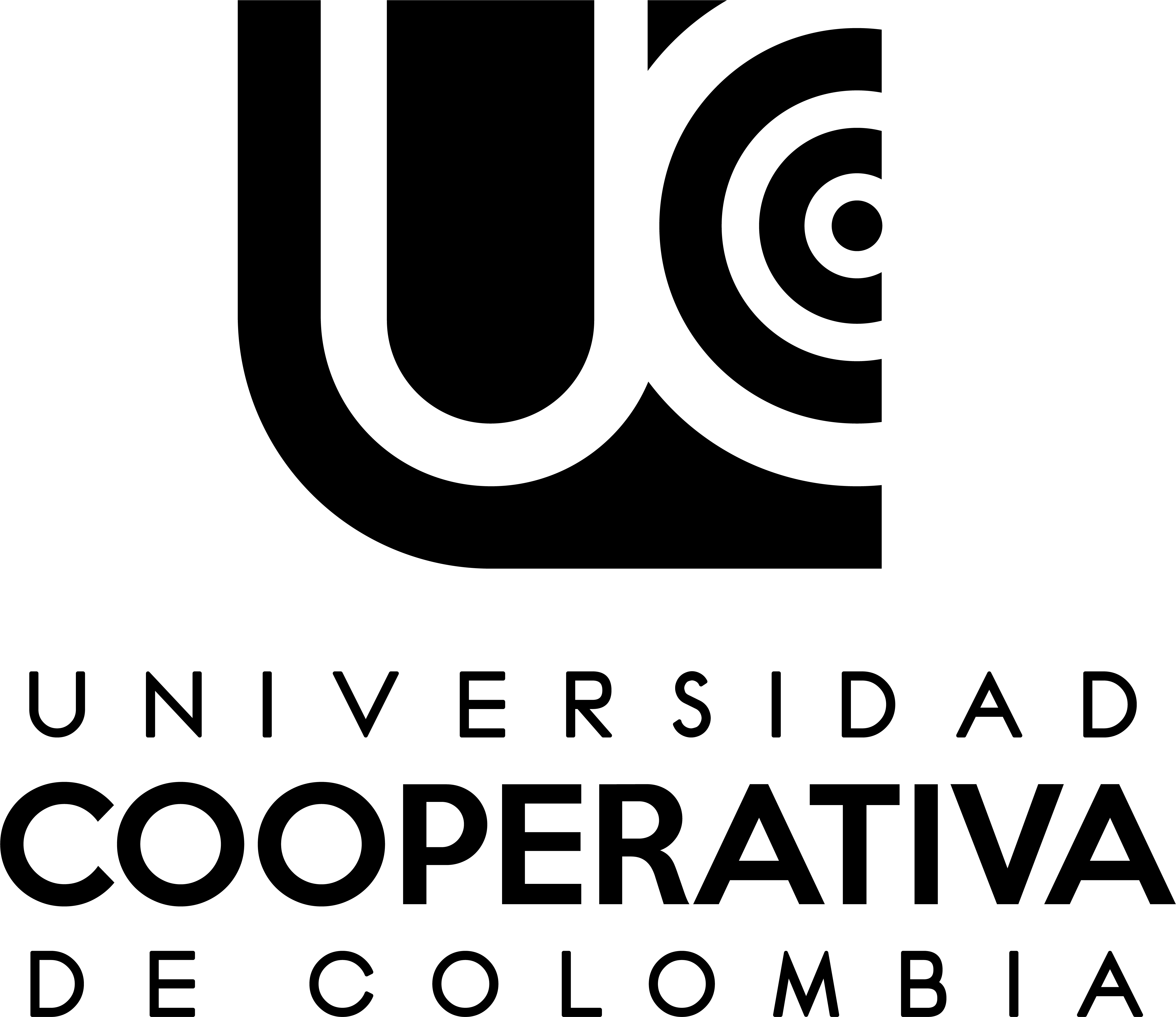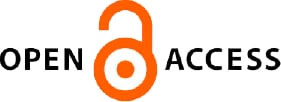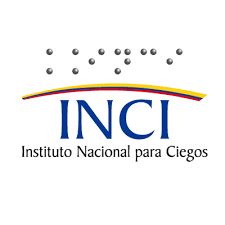Study of the attitude of students towards new technological contexts and neuroscience progress

Universidad Internacional de la Rioja
PhD in Science of Education. Professor, Department of Psychology of Education and Psychobiology
email: fatima.llamas@unir.com

Universidad Internacional de la Rioja
PhD in Psychology. Neuropsychology Applied to Education Research Group
email: fatima.llamas@unir.com

Universidad Internacional de la Rioja
PhD in Science of Education. Neuroplasticity and Learning Research Group
email: fatima.llamas@unir.com

Universidad Internacional de la Rioja
PhD in Psychology. Neuropsychology Applied to Education Research Group
email: fatima.llamas@unir.com
Introduction: Technology and Neuroscience have formed a strong collaboration to improve education. The effective use of information and communication technologies (ict) in education practice requires that both students and teachers maintain a positive attitude towards these technologies, and develop their use in educational contexts to update teaching methodologies based on educational neuroscience and neuropsychology. Thus, the use of ict requires a positive attitude when using these tools during the teaching-learning process, as a starting point to improve the quality of the process. The article was written in the year 2016 in the faculty of Education of the Universidad Internancional de la Rioja.
Methodology: The aim of this study is to analyze the student´s attitudes towards the use of new technologies in primary school classrooms. We designed a questionnaire and gave it to 1,770 students aged 11 and 12 years from 50 ceip (Infant and Primary schools).
Results: In general, the results show that whilst students of 11 and 12 years do not show a rejection of the use of ict, a low percentage demonstrate that they would prefer to use them in a group.
Conclusions: An adequate use of ict in the classroom would depend on the predisposition of the students, and the knowledge of the technologies and their use by teachers and students. Therefore, it is recommended for ict to be implemented in the classroom in order to improve the teaching-learning process and to incorporate new methodologies from neuroscience research.
P. Enríquez et al., Neurociencia cognitiva: una introducción. Madrid: uned, 2006, pp. 10-229.
R. Llinás, El cerebro y el mito del yo. Bogotá: Norma, 2002, p. 287.
C. J. Stam & E. A. de Bruin, “Scalefree dynamics of global functional connectivity in the human brain”,
Human Brain Mapping, vol. 22, no. 2, pp. 97-109, June, 2004. Available: https://www.researchgate.
net/publication/8597479_Scalefree_dynamics_of_global_functional_connectivity_in_the_human_brain
H. Damasio et al. , “Neural correlates of naming actions and of naming spatial relations”, NeuroImage,
vol. 13, pp. 1053-1064, 2001
C. L. Reed, S. Shoham & E. Halgren, “Neural substrates of tactile object recognition: An fMRI study”,
Human Brain Mapping, vol. 21, pp. 236-246, 2004.
E. Martínez-Montes, P. A. Valdés-Sosa, F. Miwakeichi, R. I. Goldman & Y. Yamaguchi, Y. “Concurrent
EEG/fMRI analysis by multiway partial least squares”, NeuroImage, vol. 22, pp. 1023-1034, 2004.
M. L. García & F. Llamas-Salguero, “Procesos y programas de Inteligencias Múltiples”, in
Procesos y programas de neuropsicología educativa, P. Ma tín-Lobo Coord., Madrid: Ministerio de Educación Nacional, Centro Nacional de Investigación e Innovación Educativa, 2015, pp. 123-138.
S. Pradas & C. de la Peña, “Programas para superar las dificultades de lenguaje”, inProcesos y programas de neuropsicología educativa, P. Martín-Lobo Coord., Madrid: Ministerio de Educación Nacional, Centro Nacional de Investigación e Innovación Educativa, 2015, pp. 164-176.
J. L. Jaramillo Enciso, “Neurociencia y gestión de tecnologías de información para la educación”.
Master thesis in Administración de Tecnologías de Información, Instituto Tecnológico y de Estudios
Superiores, Monterrey, México, 2004. Available: http://repositorio.educacionsuperior.gob.ec/handle/28000/1339
J. D. Greene, R. B. Sommerville, L. E. Nystrom, J. M. Darley & J. D. Cohen, “An fMRI investigation of
emotional engagement in moral judgment”, Science, vol. 293, pp. 2105-2108, 2001.
S. Pradas, Neurotecnología educativa, Madrid: Ministerio de Educación Nacional. Centro Nacional de
Investigación e Innovación Educativa, 2016.
A. Bressler, “In Understanding cognition through large-scale cortical networks”, Curr Dir Psychol Sci,
vol. 11, pp. 58-61, 2002.
J. Ferré & M. Ferré, Neuro-psico-pedagogía infantil. Bases neurofuncionales del aprendizaje cognitivo y
emocional. Barcelona: Lebón, 2013, p. 400.
S. M. Bova et al., “The development of visual object recognition in school age children”,Dev Neuropsychol, vol. 31, pp. 79-102, 2007.
M. Goldberg, D. Maurer & T. Lewis, “Development changes in attention the effects of endogenous cueing and of distracters”, Dev Sci, vol. 4, pp. 209-219, 2001
J. R. Booth et al., “Neural development of selective attention and response inhibition”, Neuroimage, vol.
, pp. 737-751, 2003.
P. Campo et al., “Time modulated prefrontal and parietal activity during the maintenance of intagrated information as revealed by magnestoencepha lografy”, Cerebr cortex, vol. 15, pp. 123-130, 2005.
M. Donaldson, La mente de los niños, Madrid: Morata, 1979, pp. 8-188.
G. Small, El cerebro digital. Cómo las nuevas tecnologías están cambiando nuestra mente, Barcelona:
Urano, 2009, p. 256.
C. Linehan, S. Lawson & M. Doughty, “Tabletop Prototyping of Serious Games for ‘Soft’ Skills Training”, in Proceedings of 1st International Conference in Games and Virtual Worlds for Serious pplications,
Coventry, United Kingdom, Mar. 23-24, 2009, pp. 182-185.
M. Romero, M. Usart & E. Almirall, “Serious games in a finance course promoting the knowledge group
awareness”, in EDULEARN11 Proceedings, 3rd International Conference on Education and New Learning Technologies, Barcelona, Spain, Jul. 3-4, 2011, pp.3490-3492.
A. Collins, “Design issues for learning environments”, en International perspectives on the design
of technology-supported learning environments, S. Vosniadou Ed., Mahwah, NJ: Lawrence Erlbaum,
, pp. 347-361.
J. D. Bransford, R. D. Sherwood, T. S. Hasselbring, C. K. Kinzer & S. M. Williams, “Anchored instruction:
why we need it and how technology can help”, in Cognition, education, multimedia. Exploring ideas in
high technology, D. Nix & R. Spiro Eds.,Hillsdale, NJ: Lawrence Erlbaum Associates, 1990, pp. 115–141.
T. M. Duffy & R. A. Knuth, “Hypermedia and Instruction: Where is the match?”, in Designing hypermedia for learning, D. Jonassen & H. Mandl Eds.,Berlin: Springer-Verlag, 1990, pp. 199–225.
M. J. Hannafin, C. Hall, S. Land & J. Hill, “Learning in open-ended environments: assumptions, methods and implications”, Educational Technology, vol. 34, no. 8, pp. 48–55, 1994.
D. H. Jonassen, K. L. Peck & B. G. Wilson, Learning with technology: A constructivist perspective, Upper
Saddle River, NJ: Merrill, 1999.
N. Bennett & E. Dunne, “The nature and quality of talk in co-operative classroom groups”, Learning and
Instruction, vol. 1, pp. 103–118, 1994.
R. E. Slavin, Cooperative learning: theory, research and practice, 2nd ed., Boston: Allyn and Bacon, 1995.
E. B. Susman, “Co-operative learning: a review of factors that increase the effectiveness of computer-based instruction”, Journal of Educational Computing Research, vol. 18, no. 4, pp. 303–322, 1998.
E. Bearne, Ed., Differentiation and diversity in the primary school, London: Routledge, 1996.
T. Kerry & A. Kerry, “Differentiation: teachers’ views of the usefulness of recommended strategies in help
ing the more able pupils in primary and secondary c l a s s r o o m s ”, Educational Studies, vol. 23, no. 3, pp. 439-457, 1997.
M. C. Wang, “Learning characteristics of pupils with special needs and the provision of effective school ing”, in Special education: Research practice: synthesis of findings, M. C. Wang, M. C. Reynolds & H. J. Walberg, Eds., New York: Pergamon Press, 1990, pp. 1-34.
F. Llamas-Salguero, Repercusiones del uso de las Tecnologías de la Información y la Comunicación en la
adquisición de conocimientos en los alumnos de Educación Primaria. Prospectiva para la formación de
maestros, Madrid: ucm, 2013.
T. Mooij, “Guidelines to Pedagogical Use of ICT in Education”, in 8th Conference of the ‘European Association for Research on Learning and Instruction’ (earli), Göteborg, Sweden, Aug. 1999.
E. Smeets & T. Mooij, “Pupil-centred learning, ICT, and teacher behaviour: observations in educational
practice”, British Journal of Educational Technology, vol. 32, no. 4, pp. 403-418, 2001.
T. W. Chalkley & D. Nicholas, “Teachers’ use of information technology: observations of primary
school classroom practice”, Aslib Proceedings, vol. 49, no. 4, pp. 97–107, 1997
J. Richardson, Information Technology – a new path to creativity in education, Paris: Editions eska, 1997.
D. Williams, L. Coles, K. Wilson, A. Richardson & J. Tuson, “Teachers and ict: current use and future needs”, British Journal of Educational Technology, vol. 31, no. 4, pp. 307–320, 2000.
P. Martín-Lobo, “La intervención desde la base neuropsicológica y metodologías que favorecen el
rendimiento escolar”, in Procesos y programas de neuropsicología educativa, P. Martín-Lobo Coord.,
Madrid: Ministerio de Educación Nacional, Centro Nacional de Investigación e Innovación Educativa,
, pp. 14-27
G. Roca, Soluciones para nuevas realidades. Modelos de negocio en las redes sociales, Madrid: Telos, 2008.
C. Harrison et al., ImpaCT2. The Impact of Information and Communication Technologies on Pupil
Learning and Attainment. ICT in Schools Research and Evaluation Series – No. 7. Coventry: British Educational Communications and Technology Agency, 2002.
E. Smeets et al., The Impact of Information and Communication Technology on the Teacher,
Nijmegen, the Netherlands: University of Nijmegen, its, 1999.
W. Veen, “Factors affecting the use of computers in the classroom: four case studies”, in Integrating information technology into education, D. Watson & D. Tinsley, Eds.,London: Chapman & Hall, 1995, pp.
-184.
S. Kennewell, J. Parkinson & H. Tanner, Developing the ict capable school, London: Routledge Falmer,
ota, Teachers and Technology: making the connection, Washington DC: Office of Technology
Assessment, Congress of the United States/U.S. Government Printing Office, 1995.
H. Drenoyanni & D. Selwood, “Conceptions or misconceptions? Primary teachers’ perceptions and use
of computers in the classroom”, Education and Information Technologies, vol. 3, pp. 87–99, 1998.
S. Higgins & D. Moseley, “Teachers’ thinking about Information and Communications Technology and
Learning: beliefs and outcomes”. Teacher Development, vol. 5, no. 2, pp. 191-210, 1998.
B. Hokanson & S. Hooper, “Computers as cognitive media: examining the potential of computers in education”, Computers in Human Behavior, vol. 16, pp. 537-552, 2000.
D. S. Niederhauser & T. Stoddart, “Teachers’ instructional perspectives and use of educational software”, Teaching and Teacher Education, vol. 17, no. 1, pp. 15-31, 2001
R. D. Hannafin & W. C. Savenye, “Technology in the classroom: the teacher’s new role and resistance to it ”, Educational Technology, vol. 33, no. 6, pp. 26-31, 1993.
C. M. Keeler, “Networked instructional computers in the elementary classroom and their effect on the
learning environment: a qualitative evaluation”, Journal of Research on Computing in Education, vol. 28, no. 3, pp. 329-345, 1996.
B. Huber & J. W. Schofield, “I like computers, but many girls don’t. Gender and the sociocultural context of computing”, in Education/technology/Power. Educa B. Huber & J. W. Schofield, “I like computers, but many girls don’t. Gender and the sociocultural context of computing”, in Education/technology/Power. Educational computing as a social practice, H. Bromley & M. W. Apple, Eds., Albany: State University of New York Press, 1998, pp. 103-132.tional computing as a social practice, H. Bromley & M. W. Apple, Eds., Albany: State University of New York Press, 1998, pp. 103-132.
V. Makrakis & T. Sawada, “Gender, computers and other school subjects among Japanese and Swedish
pupils”, Computers and Education, vol. 26, no. 4, pp. 225-231, 1996.
M. Volman, “Gender-related effects of Information and Computer Literacy Education”, Journal of Curriculum Studies, vol. 29, no. 3, pp. 315-328, 1997.
Ch. Comber, A. Colley, D. J. Hargreaves & L. Dorn, “The effects of age, gender and computer experience
upon computer attitudes”, Educational Research, vol. 9, no. 2, pp. 123-134, 1997.
A. Durndell, P. Glissov & G. Siann, “Gender and computing: Persisting differences”, Educational Research, vol. 37, no. 3, pp. 219-227, 1995.
Copyright (c) 2017 Ingeniaría Solidaria

This work is licensed under a Creative Commons Attribution-NonCommercial-NoDerivatives 4.0 International License.
Cession of rights and ethical commitment
As the author of the article, I declare that is an original unpublished work exclusively created by me, that it has not been submitted for simultaneous evaluation by another publication and that there is no impediment of any kind for concession of the rights provided for in this contract.
In this sense, I am committed to await the result of the evaluation by the journal Ingeniería Solidaría before considering its submission to another medium; in case the response by that publication is positive, additionally, I am committed to respond for any action involving claims, plagiarism or any other kind of claim that could be made by third parties.
At the same time, as the author or co-author, I declare that I am completely in agreement with the conditions presented in this work and that I cede all patrimonial rights, in other words, regarding reproduction, public communication, distribution, dissemination, transformation, making it available and all forms of exploitation of the work using any medium or procedure, during the term of the legal protection of the work and in every country in the world, to the Universidad Cooperativa de Colombia Press.












